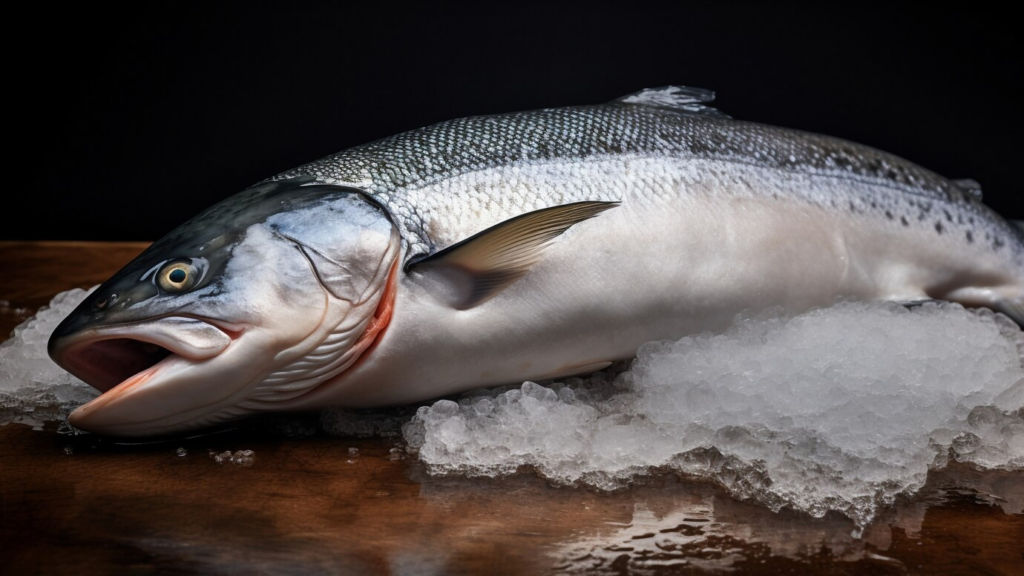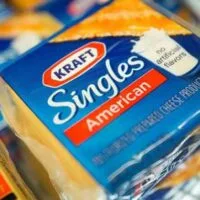Nicolas Daniel’s documentary “Fillet Oh! Fish” takes a hard look at the global fish industry, revealing the stark reality behind large-scale fish production. Through footage from fish farms and processing factories, the documentary exposes the challenges today’s fisheries face, from overfishing and pollution to the effects of toxic exposures. The once-romanticized notion of fishing is far from the truth when we see the grim reality of industrial food production.
The film’s producers argue that “through intensive farming and global pollution, the fish we eat has turned into a dangerous chemical cocktail.” Despite these concerns, the fish business continues to thrive, partly because the darker aspects of modern fisheries remain hidden from public view.
Aquaculture’s Dark Side
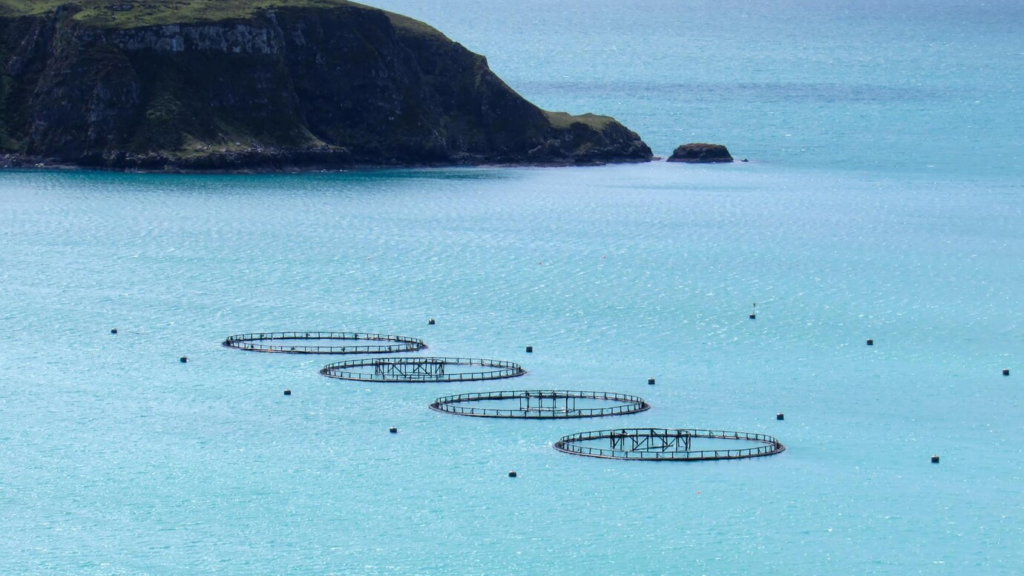
Aquaculture, or fish farming, is often presented as a solution to overfishing, but it comes with its own set of problems. In reality, fish farms are more like underwater feedlots, contributing to pollution in much the same way as land-based ones.
The documentary focuses on Norwegian salmon farms, where environmental activist Kurt Oddekalv highlights the disastrous impact on both human health and the environment. Beneath the surface of these farms lies a toxic layer of waste—about 15 meters high—contaminated with bacteria, pesticides, and drugs. The pollution spreads throughout the surrounding waters, uncontained by the open sea environment.
Farmed salmon are raised in overcrowded conditions, which increases the risk of disease outbreaks. Oddekalv reports widespread contamination from sea lice, pancreas disease (PD), and Infectious Salmon Anemia Virus (ISA). Despite these issues, these fish are still sold, and consumers remain largely unaware of the dangers.
Farmed Salmon: One of the Most Toxic Foods?
The documentary continues in Norway, where the use of chemicals in salmon farming raises major concerns. According to environmental activist Kurt Oddekalv, salmon farming is not only an environmental disaster but also a threat to human health. The fish are exposed to a range of harmful substances, making today’s farmed salmon one of the most toxic foods available.
Toxicology researcher Jerome Ruzzin supports Oddekalv’s claims. His studies reveal that farmed salmon contains far higher toxin levels than any other food tested in Norway—by a significant margin. In fact, farmed salmon is five times more toxic than other foods. Animal studies even showed that a steady diet of farmed salmon led to obesity and diabetes in mice, highlighting the potential health risks.
Interestingly, Ruzzin notes that the rising prevalence of obesity may be linked to increased exposure to toxins and pollutants in food. While farmed salmon isn’t the sole culprit, it certainly plays a role in this concerning trend.
Genetic Mutations and Other Crazy Facts
Beyond the health concerns, farmed fish face genetic mutations due to the widespread use of pesticides. In “Fillet Oh! Fish,” viewers are shown disturbing examples of deformed cod, and Kurt Oddekalv claims that nearly 50% of farmed cod in Norway are affected. Even worse, escaped farmed cod can breed with wild populations, spreading these genetic deformities into natural ecosystems.
Farmed salmon are not immune to these issues either. Their flesh is often described as “brittle” and prone to breaking apart, which is highly abnormal. The nutritional content also deviates significantly from wild salmon, with farmed varieties containing much higher fat levels—between 14.5% to 34%—compared to wild salmon’s 5% to 7%. Since toxins accumulate in fat, farmed salmon can be far more toxic than their wild counterparts.
What’s truly shocking, however, is that the fish feed itself is a major source of contamination, containing pollutants such as dioxins and PCBs, along with various drugs and chemicals.
What Makes the Fish Feed so Toxic?
One of the most alarming discoveries in the documentary is the toxicity of the fish feed itself. In a Norwegian fish pellet plant, eel and other fatty fish from the highly polluted Baltic Sea are used as the main ingredients for their high protein and fat content. Unfortunately, many of these fish have dangerously high levels of pollutants, which are then passed on through the feed.
In Sweden, fishmongers are required to warn consumers about the toxicity of fish from the Baltic. Pregnant women, in particular, are advised to avoid these fish entirely. But instead of addressing the pollution problem, some of these contaminated fish are now primarily used to make feed for farmed fish, allowing the toxins to accumulate even further in the food chain.
Dioxins and other harmful chemicals present in the fish feed mean that farmed fish, like salmon, often end up being more toxic than wild-caught fish, adding yet another layer of concern for consumers.
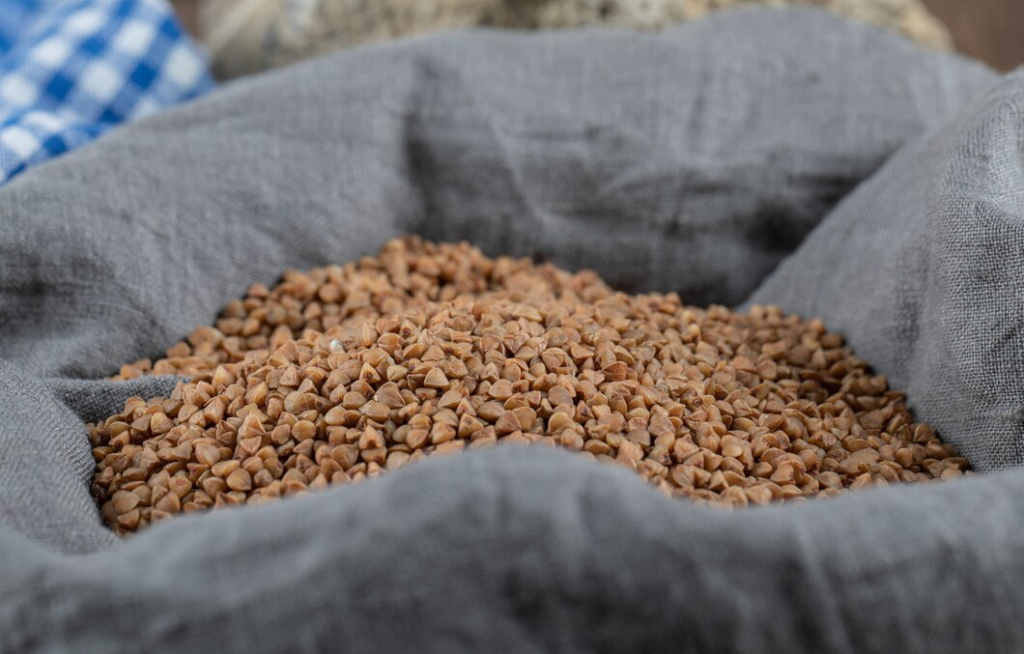
The Secret Ingredient: Ethoxyquin
Beyond pollutants like dioxins, the manufacturing process of fish feed introduces another troubling element: ethoxyquin. This chemical, developed by Monsanto in the 1950s as a pesticide, is added to fish feed as an antioxidant to prevent fats from going rancid. Shockingly, ethoxyquin levels in farmed fish can be 10 to 20 times higher than the European Union’s safety limits for food.
Despite these elevated levels, the fish feed industry never disclosed its use of ethoxyquin to health authorities. While the EU has strict regulations on ethoxyquin for fruits, vegetables, and meats, no such standards exist for fish. This lack of oversight has raised serious concerns about the long-term health effects of consuming fish raised on ethoxyquin-laden feed.
Disturbingly, the only study on ethoxyquin’s impact on human health, conducted by Norwegian researcher Victoria Bohne, found that the chemical can cross the blood-brain barrier and may even have carcinogenic effects. Yet, her research faced pressure and suppression, casting doubt on the transparency of the fish farming industry.
Public Safety or Corporate Interests?
Despite the mounting evidence, official bodies like the Norwegian Seafood Council continue to claim that farmed salmon is safe. They point to guidelines from the World Health Organization (WHO), which set a precautionary acceptable daily intake for ethoxyquin. According to these guidelines, a large portion of salmon accounts for just 15% of the daily limit. Based on this, Norwegian health officials assure the public that farmed salmon can be consumed daily without risk.
However, critics argue that these reassurances may be influenced by those with vested interests in the fish farming industry. For example, Norwegian Minister of Fisheries Lisbeth Berg-Hansen, who has held multiple influential positions in the industry, is a major shareholder in a commercial salmon farm. Such connections raise concerns about conflicts of interest and the potential downplaying of the risks associated with farmed fish.
With conflicting reports from various sources, consumers are left to question what they can truly believe about the safety of their seafood.
Best Seafood Options: Wild Alaskan Salmon, Sardines, and Anchovies
Given the concerns surrounding farmed fish, choosing safer seafood options is crucial. While most fish, even wild-caught, may carry contaminants like mercury and heavy metals, certain species are considered better alternatives.
Wild-caught Alaskan salmon is one of the best choices. With its short life cycle of about three years, sockeye salmon has less time to accumulate harmful toxins. Unlike other fish, it doesn’t feed on smaller, contaminated fish, reducing its exposure to pollutants. Additionally, Alaskan salmon is never farmed, ensuring it’s always wild-caught. Brands like Vital Choice offer high-quality options that are rich in omega-3 fats and low in contaminants.
Other excellent choices include smaller fish with short life cycles, such as sardines and anchovies. These fish are lower on the food chain, which means they contain fewer toxins while still offering high nutritional value. Herring and fish roe (caviar) are also great options, as they are packed with healthy phospholipids that support cellular health.
Dissenting Opinion: Is Farmed Fish Really That Bad?
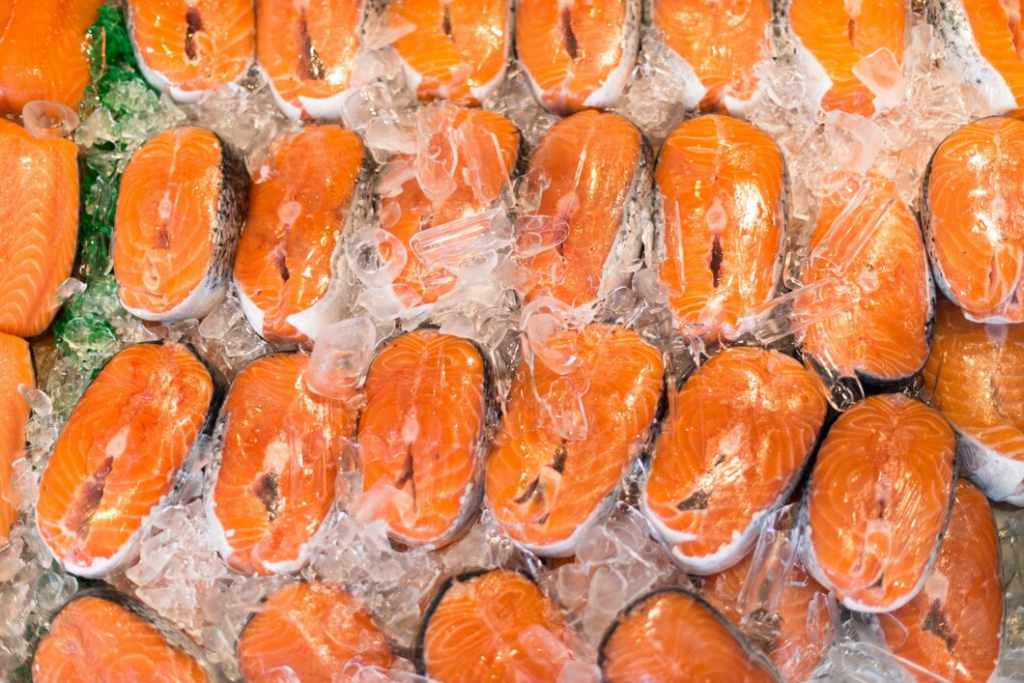
While “Fillet Oh! Fish” paints a disturbing picture of farmed fish, there are some who argue the risks are overstated. The Norwegian Seafood Council, for instance, maintains that fish, including farmed salmon, remains a healthy choice. According to official health guidelines, fish should be eaten two to three times a week, and the health benefits are said to outweigh the potential risks from pollutants.
Critics of the documentary argue that it promotes a single point of view, possibly exaggerating certain dangers to push a personal agenda. With numerous studies supporting the nutritional value of fish, consumers are left in a tough spot, balancing the conflicting information about the safety of farmed fish.

